Photo Gallery for Herpetogramma sphingealis - No common name | 52 photos are available. Only the most recent 30 are shown.
|
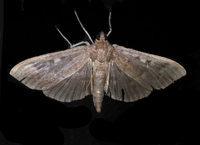 | Recorded by: Jim Petranka on 2023-10-01
Madison Co.
Comment: | 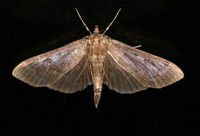 | Recorded by: Jim Petranka on 2023-09-11
Madison Co.
Comment: |
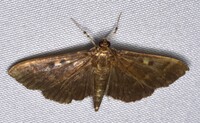 | Recorded by: David George, Stephen Dunn, Jeff Niznik on 2023-09-07
Chatham Co.
Comment: | 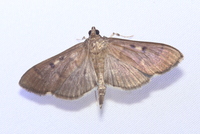 | Recorded by: David George, Jeff Niznik on 2023-09-04
Orange Co.
Comment: |
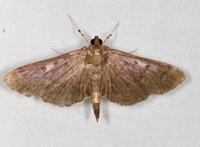 | Recorded by: Jim Petranka on 2023-08-31
Madison Co.
Comment: |  | Recorded by: Jim Petranka on 2023-08-02
Madison Co.
Comment: |
 | Recorded by: David George, Stephen Dunn, Jeff Niznik on 2023-07-31
Swain Co.
Comment: | 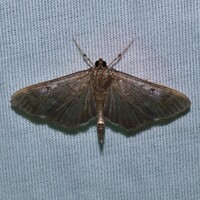 | Recorded by: David George, Stephen Dunn, Jeff Niznik, Rich Teper, Becky Watkins on 2023-07-30
Swain Co.
Comment: |
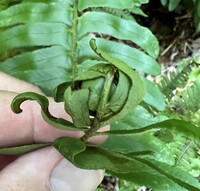 | Recorded by: David George, Stephen Dunn, Jeff Niznik, Rich Teper, Becky Watkins on 2023-07-29
Swain Co.
Comment: | 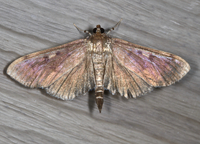 | Recorded by: Jim Petranka on 2023-07-25
Madison Co.
Comment: |
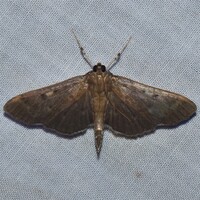 | Recorded by: David George, Stephen Dunn, Jeff Niznik on 2023-07-13
Orange Co.
Comment: |  | Recorded by: Jim Petranka and Becky Elkin on 2023-07-12
Madison Co.
Comment: |
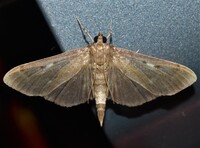 | Recorded by: David George, Stephen Dunn, Jeff Niznik on 2023-07-06
Orange Co.
Comment: | 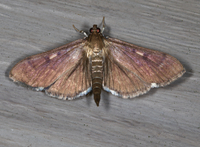 | Recorded by: Jim Petranka and Chuck Smith on 2023-06-29
Madison Co.
Comment: |
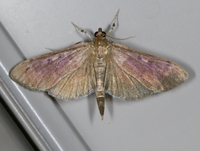 | Recorded by: Jim Petranka on 2022-09-21
Madison Co.
Comment: | 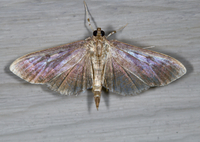 | Recorded by: Jim Petranka on 2022-09-07
Madison Co.
Comment: |
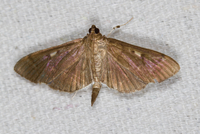 | Recorded by: Jim Petranka on 2022-08-20
Madison Co.
Comment: | 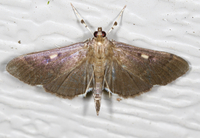 | Recorded by: Jim Petranka on 2022-07-17
Madison Co.
Comment: |
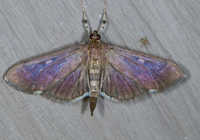 | Recorded by: Jim Petranka on 2022-07-03
Madison Co.
Comment: | 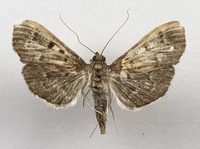 | Recorded by: Richard Teper on 2022-07-01
Montgomery Co.
Comment: |
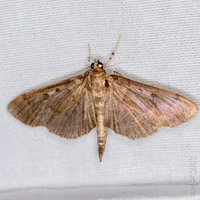 | Recorded by: David George, L. M. Carlson on 2022-06-20
Caswell Co.
Comment: |  | Recorded by: Darryl Willis on 2022-06-12
Cabarrus Co.
Comment: |
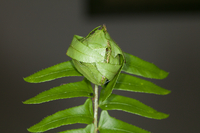 | Recorded by: Jim Petranka and Becky Elkin on 2022-06-10
Madison Co.
Comment: On Christmas Fern; an adult emerged on July 9, 2022. | 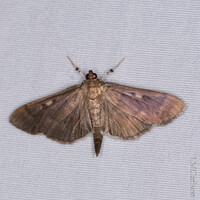 | Recorded by: David George, L. M. Carlson, Stephen Dunn on 2022-06-04
Orange Co.
Comment: |
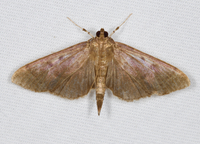 | Recorded by: Jim Petranka on 2021-09-14
Madison Co.
Comment: | 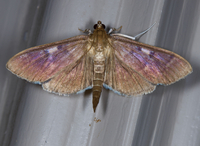 | Recorded by: Jim Petranka on 2021-09-02
Madison Co.
Comment: |
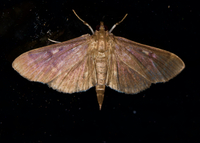 | Recorded by: Jim Petranka on 2021-08-25
Madison Co.
Comment: | 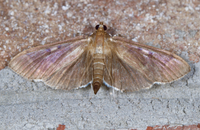 | Recorded by: Jim Petranka on 2021-07-27
Madison Co.
Comment: |
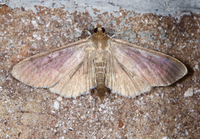 | Recorded by: Jim Petranka on 2021-07-14
Madison Co.
Comment: |  | Recorded by: tom ward on 2021-06-30
Buncombe Co.
Comment: |
|